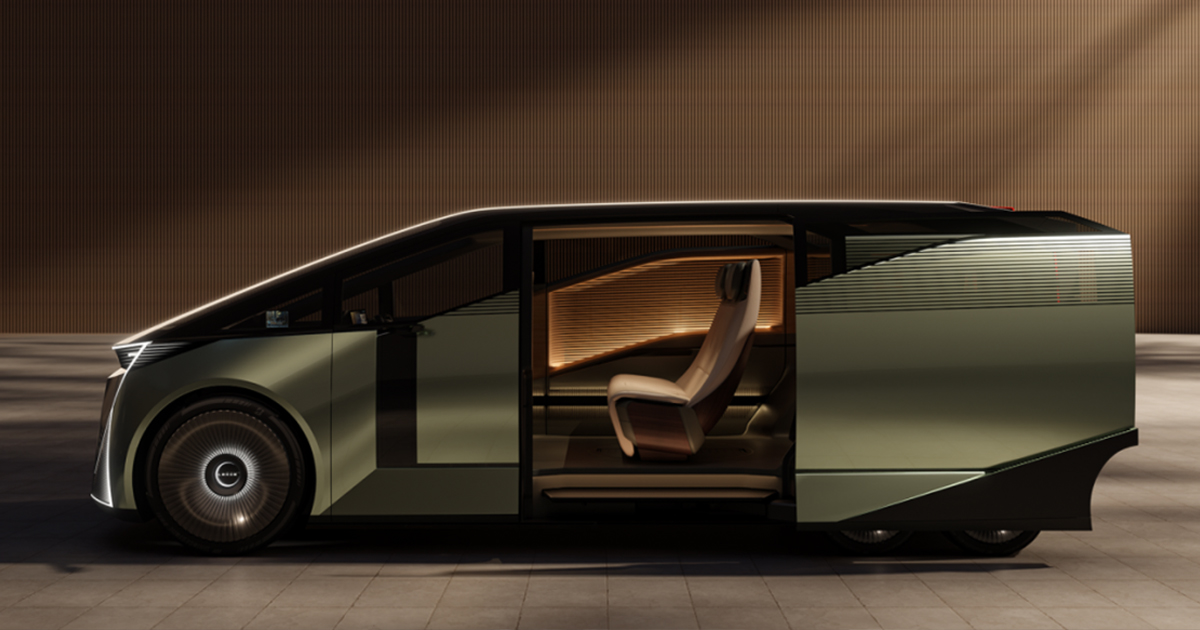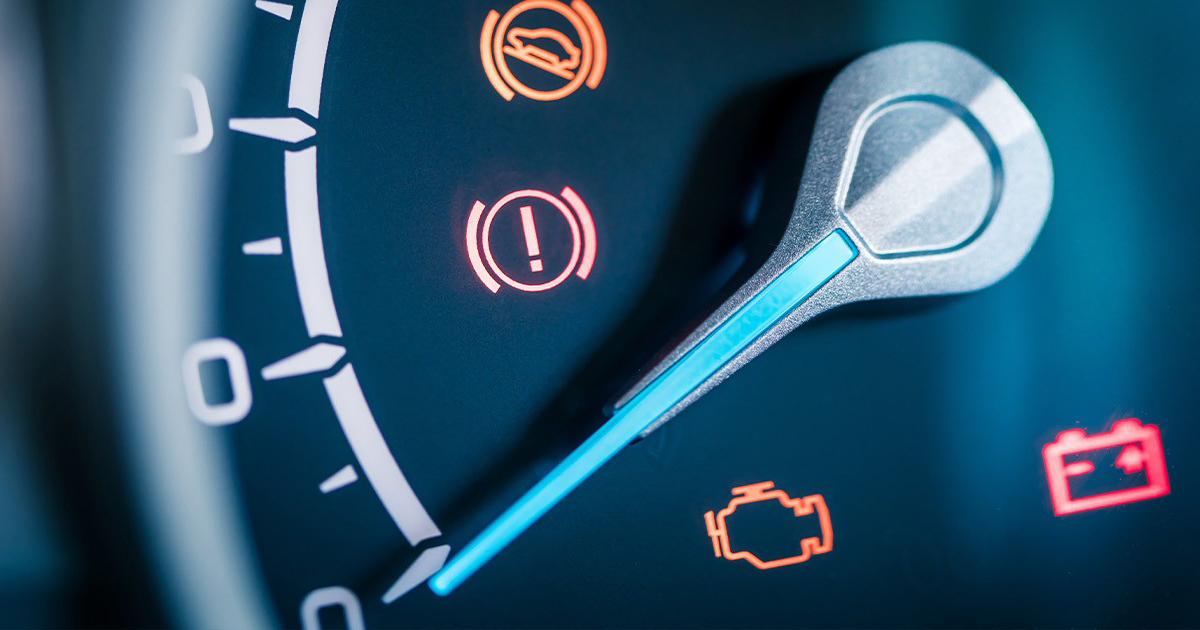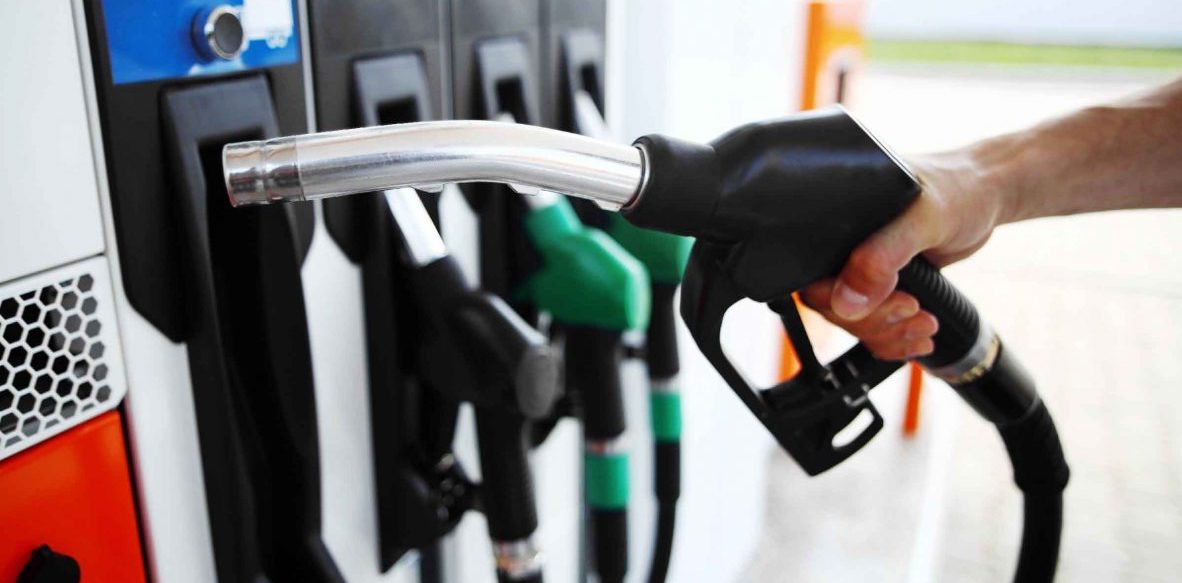Are you thinking of buying a car and are confused between automatic vs manual cars in Indian traffic?
Since India has poor road conditions, unpredictable road elements with stop-and-go traffic, along with fuel efficiency, driver fatigue, smoother drive, and learning curve, play a role. However, a car is the fastest depreciating asset, and automatic cars are slightly on the expensive side. That’s why it’s natural to be confused about which option might suit your daily commuting needs better. In this guide, we will press on twelve points that may help you decide whether your next car should have an automatic transmission or a manual one.
Automatic vs Manual Cars in Indian Traffic: Finding the Best Option
Automatic cars with AMT/CVT variants are best for commuting in Indian traffic owing to their fuel efficiency, reduced driver fatigue, nominal maintenance charges, and decreased need for repairs. It even provides better resale value in metro cities as compared to manual cars. They even have an easier learning curve. In comparison, manual cars have lower upfront costs yet higher maintenance costs. However, these are not the sole deciding factors. Let’s assess the top 12 factors in detail to make an informed decision.
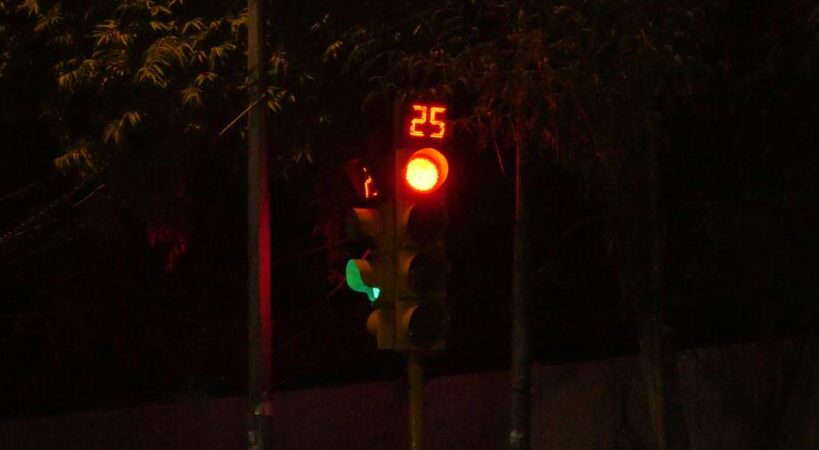
1. Evaluate Fuel Efficiency Differences in Stop-and-Go Indian Traffic
Start-stop conditions are frequent in Indian city traffic due to congested roads, traffic signals, potholes, unpredictable pedestrian movement, and similar conditions. Hence, fuel efficiency acts differently for automatic and manual transmissions. Manual cars provide marginally better fuel economy in highway driving with minimal gear shifts.
But in congested urban areas like Mumbai’s Western Express Highway or Bangalore’s Silk Board Junction, automatic cars with modern CVT, DCT, or AMT gearboxes work better. This is because they often provide comparable or superior efficiency as they optimize gear shifts electronically. Additionally, automatic transmissions also reduce human error in gear selection, especially while repeated acceleration or deceleration. For example, AMT systems in models like Maruti Suzuki available in models like Suzuki Swift or Tata Tiago provide convenience with mileage, thus providing 18-22 kmpl in urban conditions.
But traditional torque-converter automatics still consume slightly more fuel if it’s an older model. Hence, choose newer generation automatics like CVT or AMT to achieve near-parity with manuals. Further, always check ARAI-certified fuel efficiency and verify real-world mileage reports from Indian forums like Team-BHP before purchase.
2. Evaluate Clutch Fatigue in Bumper-to-Bumper Conditions
A significant challenge that Indian commuters face in manual cars is clutch fatigue in dense traffic conditions. Even in metro cities like Delhi or Hyderabad, the driver often engages the clutch more than 20 times in a single commute due to start-and-stop traffic. Such repetitive clutch usage causes quicker wear and tear that needs replacement after every 40,000-60,000 km, based on usage patterns.
Here’s where automatic transmissions eliminate clutch operations, which reduces physical strain. It benefits office commuters who have to spend 1-2 hours in daily traffic congestion. Moreover, clutch replacement in manual cars costs between INR 5000-15000, based on the car model. So those who frequently travel in Tier-1 traffic zones should invest in an automatic transmission car, as it reduces fatigue and even long-term repair costs. Also, budget automatics like Hyundai 110 and Nios AMT provide a balanced solution without a major price hike as compared to manuals.
3. Consider Initial Cost Differences Between Transmission Types
When you purchase a car in India, you should always consider the upfront cost. Automatic variants generally cost INR 50,000 to INR 1.5 lakhs more than their manual variants. Hence, budget-conscious buyers in tier-2 or even smaller cities opt for manual cars. But with growing EV adoption and government incentives, automatic cars have become more affordable than ever, even in entry-level segments.
Smart Tip: Use online loan comparison platforms like PaisaBazaar or BankBazaar to check loan eligibility and EMI calculators.
Moreover, some NBFCs provide zero processing fee schemes during festive seasons that bridge the price gap. For example Tata Punch AMT is the only variant that is INR 60,000 more expensive than its manual counterpart, which makes it a reasonable choice for urban drivers.
You may want to read: How To Get Hassle-Free Car Loans in India: 10 Practical Tips
4. Assess Resale Value Trends in the Dynamic Indian Market
In the earlier times, manual cars retained their value better in India owing to their lower maintenance costs and market familiarity. But with increased tech enthusiasts and better technology, the trend is shifting. The urban demand is increasing for automatic cars that close the resale gap. For example, models like the Model City CVT or Maruti Baleno AMT now provide competitive resale prices even after 3-5 years of ownership.
But niche automatic cars like the DSG-equipped Skoda/VW often have limited resale demand outside metropolitan cities due to their perceived maintenance complexity. Therefore, always verify brand-specific resale trends on platforms like CarDekho, OLX Autos, or Spinny before buying. Extended warranty packages even let you secure better resale prices.
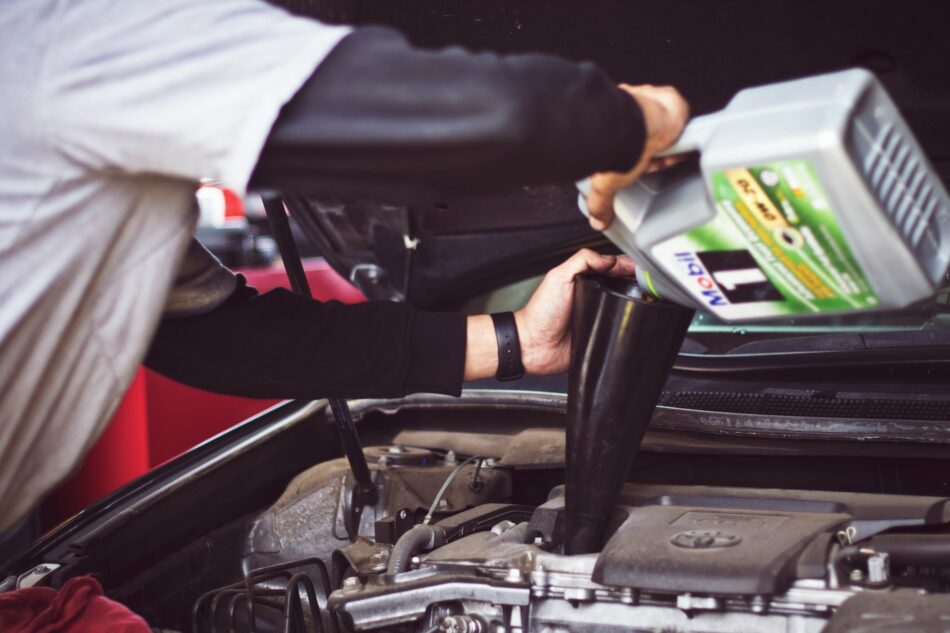
5. Consider Long-Term Maintenance and Repair Costs
Maintenance costs are the most common concern for people who are planning to opt for automatic cars. Most of them, like AMT and CVT, have simpler designs, thus relatively lower repair complexity. In comparison, DSG or DCT automatics provide a superior driving experience; hence, the repair bills might be higher in case of transmission faults. A basic AMT repair costs between ₹ 1000 to ₹2000, while DSG repairs can cross ₹80,000 to ₹100000 based on the issue.
Smart Tip: Always opt for automatic cars with longer manufacturer warranties ranging between 5 to 7 years.
Third-party platforms like PolicyBazaar provide extended coverage for transmission-specific components. Moreover, you need to ensure timely fluid changes and software updates to avoid costly repairs later on.
6. Check the Driver’s Skill Requirements For Indian Road Conditions
Another important factor in deciding between manual vs automatic cars is to determine the driver’s driving skills.
This is because for manual cars:
- The driver needs better coordination between the clutch, brake, and throttle
- Smooth gear shifts and seamless driving quality, especially on flyovers, potholes, bumper-to-bumper traffic, and inclines.
Here’s where automatic cars have a simpler learning curve. Thus, drivers can better focus on navigation, especially on unpredictable Indian roads. This is because it has various elements like jaywalkers, two-wheelers, unmarked speed breakers, etc. Hence, amateur and elderly drivers struggle to balance and control manual cars due to clutch issues.
Moreover, automatic variants relieve learning anxiety and improve confidence for amateur drivers, which makes them ideal for city-centric first-time buyers. Hence, cities like Mumbai, Delhi, and Chennai have RTO-approved driving schools that provide training to drive automatic transmission cars.

7. Compare Driving Comfort During Peak Hours and Monsoon Seasons
Driving a car in the Indian monsoon is no cakewalk. With water-logged roads, slippery surfaces, and unexpected potholes, drivers face a challenge while driving. This even leads to frequent and greater numbers of accidents, especially in areas of heavy rainfall.
Here’s where automatic cars enable drivers to maintain smoother acceleration and driving without clutch slipping, which reduces the risk of stalling in waterlogged areas. In comparison, manual car drivers can struggle with half-clutch usage on inclines and submerged roads. Besides, some automatic cars do include hill-start assist and traction control features that boost the confidence of drivers during peak hour driving and adverse weather conditions.
But to avoid any dispute, always verify that the car you choose is equipped with waterproofing measures for transmission components or not. This becomes more important in flood-prone regions like Mumbai and Chennai.
8. Consider Insurance Premium Between Manual and Automatic
Insurance costs cannot be compromised and are a recurring part of car ownership. Transmission type hugely affects insurance premiums. Automatic cars have slightly higher own-damage premiums due to expensive repair costs. For example, for a hatchback like Maruti WagonR, the difference in annual and automatic variants typically has a ₹1000 to ₹3000 difference in its annual premium.
Further, use platforms like Acko, PolicyBazaar, or Digit Insurance to compare transmission-specific policies. Always choose comprehensive plans with zero-depreciation add-ons. Also, if you are financing your car from institutions like SBI, HDFC, or Kotak Mahindra Bank, then ask them for car insurance deals as well in the package. They would thus negotiate with the dealer for the best package, and it would provide you with better net savings.
9. Evaluate Battery Impact in Hybrid and EV Models
Hybrid and electric vehicles are gaining traction in India, and accordingly, automatic cars dominate this segment completely. For example, cars like Toyota Hyryder or Honda City Hybrid integrate e-CVT systems in them that are optimized for city driving. You can easily drive in car without much ado with EV cars like Tata Nexon EV or MG ZS EV that don’t have traditional gearboxes. Hence, it simplifies the process.
But India has a hot and humid climate with extreme temperatures in various regions. Hence, battery thermal management in EVs is important for Indian summers and accordingly needs liquid-cooling systems. The wiser option is always to check battery warranty terms and try to get 8 years or 1.6 lakh kms, and evaluate degradation rates for long daily commutes. Opting for car financing from SBI and Green Car Loan provides preferred and nominal interest rates for EVs.
10. Examine Environmental and Regulatory Shifts Favoring Automatics
India is changing its emission norms under Bharat Stage VI and future CAFE (Corporate Average Fuel Economy) standards that are shaping transmission preferences. For example, automatic gearboxes are greatly contributing towards better emission regulation by maintaining optimal engine revolutions per minute. Hence, the Indian government is encouraging hybrid and electric vehicles’ adoption which indirectly favors automatic cars for compliance.
Therefore, while opting for an insurance policy, check FAME-II subsidy applicability for automatic-heavy hybrid and EV models that make ownership affordable in the long term. Always check manufacturer compliance with BS6 Phase 2 and Real Driving Emission (RDE) standards that will future-proof your purchase in 2025 and ahead.
11. Compare 5-Year Ownership Cost Between Automatic and Manual Cars
When buying a car and choosing between automatic vs manual cars for Indian traffic, you would compare their on-road pricing listed online. These pricings are usually visible and comparable as upfront costs, but the full ownership costs differ in the long term. Especially as an Indian buyer, you should do a full ownership cost calculation.
The following are some factors to consider:
- Cost breakdown for mid-range hatchbacks like the Maruti Baleno or the Hyundai i20.
- The initial price difference of automatics, which is usually INR 70,000 to INR 1,20000 costlier than manual ones.
- Fuel efficiency, as manual cars usually offer 1-2 kmpl better mileage in ideal conditions, while automatic cars balance this difference in urban traffic.
- Maintenance costs as AMTs and CVTs have similar servicing costs to manuals, but DCT/DSG automatic cars usually need INR 20000 and INR 60000 in case of repair issues.
- Manual cars need clutch replacement usually after every 40000 km to 60000 km, and their cost ranges between INR 5000 to INR 15000, while automatic cars are advantageous here.
- Automatic cars now have better resale value in metropolitan cities than manual ones.
Earlier and even now, a lot of people consider automatic cars as an expensive option owing to their slightly higher upfront costs. However, automatic transmission cars are worth it when we look at long-term ownership costs. Thus, automatic cars are ideal for daily urban commutes in Indian cities and advantageous for the 5-year total cost of ownership (TCO). This is because it provides lower driver fatigue, has increased resale value, and is even reliable. Yet, as a matter of concern, always evaluate your preferred model’s TCO calculators that various platforms like CarDekho, Spinny, or CarWale have.
12. Analyze Traffic Safety and Accident Rate Differences
Car accidents are becoming very common. Therefore, it is essential to analyze traffic safety and accident rate differences. Transmission choice highly influences road safety under India’s unpredictable driving conditions.
Advantages of automatic cars for safety:
- No clutch or gear shifting allows drivers to focus on traffic.
- Its smoother acceleration decreases the risk of sudden jerks that prevent the car’s wear and tear in slow traffic.
- Automatics reduce stalling risk, which is helpful during sudden halts on flyovers, inclines, or busy intersections.
Challenges of manual transmission cars:
- Higher cognitive load increases error chances for inexperienced drivers.
- Potential rollback issues on inclines without hill-start assist.
- Higher stall rates in heavy traffic or panic situations.
Data from Indian insurance firms like ICICI Lombard and HDFC Ergo reveal that there are lower minor accident claims coming from urban automatic car owners, especially among elderly and amateur drivers.
Final Words: Automatic vs Manual Cars in Indian Traffic – Do we have a winner?
Both automatic and manual cars have their own set of advantages and disadvantages. Yet, automatic cars excel in Indian driving conditions and prevent wear and tear in stop-and-go traffic. However, their costs are slightly higher, both during the purchase and during maintenance or repairs. Therefore, people who want to avoid long-term costs can opt for automatics like AMTs and CVTs as they have affordable and value for money costs even for a 5-year TCO.
Besides, DST/DSG has higher associated costs both upfront and maintenance. Even automatics have better resale value in metro cities, while manual cars depreciate faster. Ultimately, the choice depends on your budget and preferences.
The best automatic cars include:
- Maruti Suzuki Swift AMT (₹7–9 lakh) for fuel efficiency in congested metro cities.
- The Hyundai i20 CVT (₹9–11 lakh) offers a smooth drive on highways.
- Tata Nexon EV Prime (₹15–18 lakh) is a fully automatic electric car.
In comparison, the best manual cars for price-sensitive buyers include:
- Maruti Alto K10 (₹4.5–5.5 lakh) is economical for Tier 2–3 city buyers.
- The Hyundai Grand i10 Nios Manual (₹6–8 lakh) is balanced for urban and occasional highway use.
- Mahindra XUV300 Diesel MT (₹9–12 lakh) is Ideal to drive on highways and provides superior torque.
We hope this guide helps you make the best choice for your next ride!

